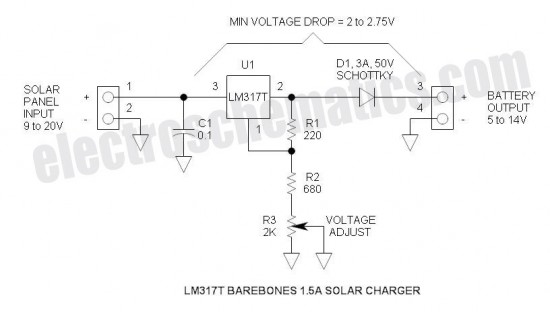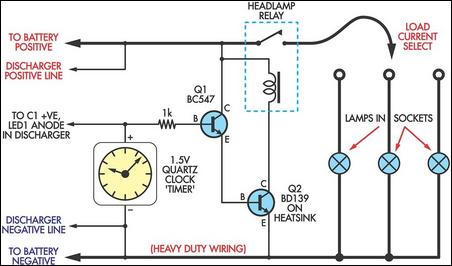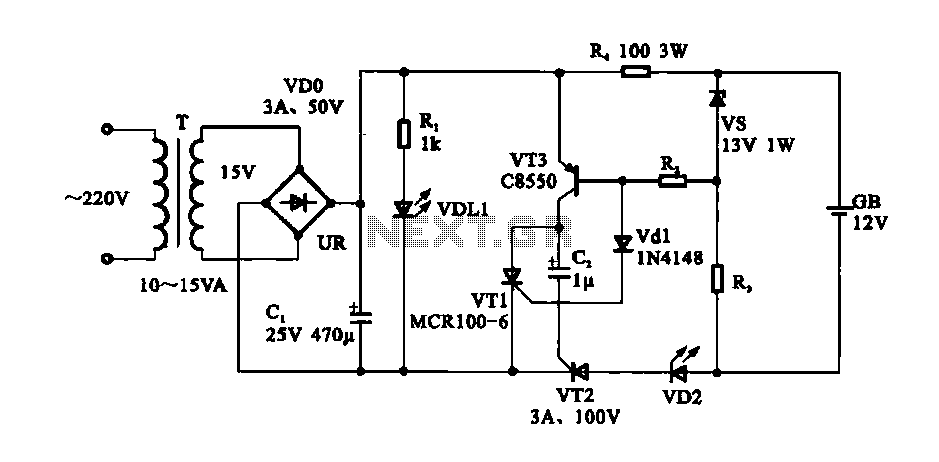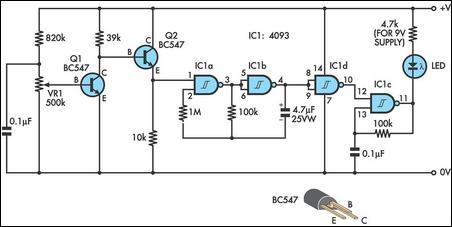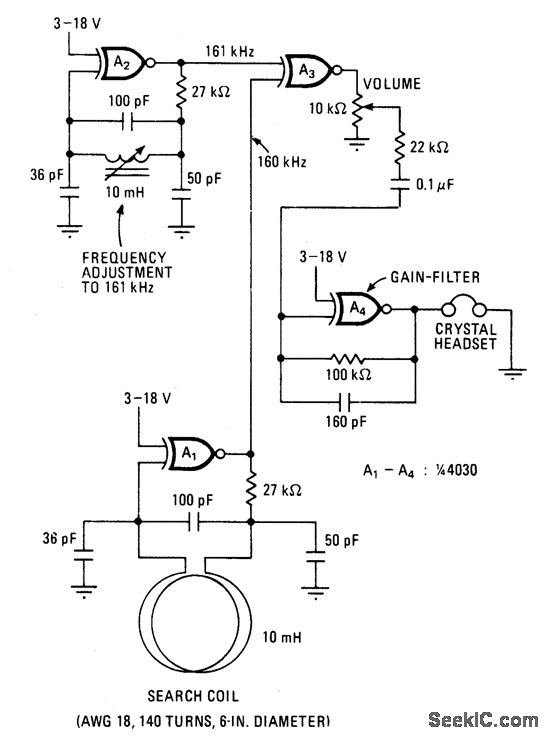
versatile micropower battery protector
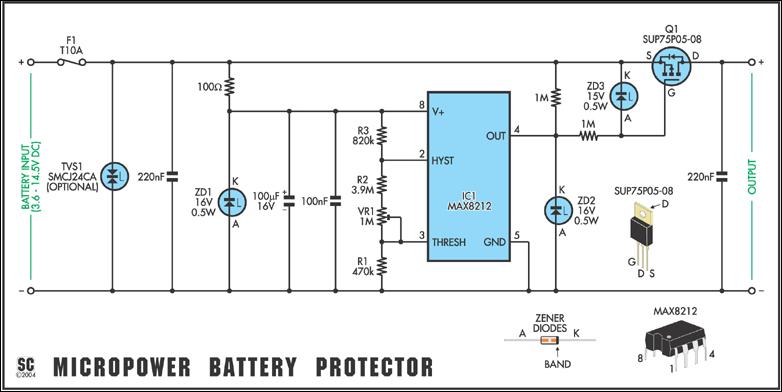
Protect expensive batteries from discharge damage with this mini-sized electronic cutout switch. It consumes minimal power and can be adapted to accommodate a wide range of battery voltages. In May 2002, Silicon Chip introduced the "Battery Guardian," a project specifically designed to protect 12V car batteries from over-discharge. This unit has proven popular and remains available from kit suppliers. The new design does not replace the Battery Guardian, particularly for 12V car batteries. Instead, it offers a more versatile alternative that can be used with various battery voltages. The "Micropower Battery Protector" eliminates the low-battery warning circuitry and the relatively inexpensive N-channel MOSFET used in the Battery Guardian in favor of a smaller module that consumes significantly less battery power. Although it costs slightly more, it can switch lower voltages, making it suitable for 6V and 12V lead-acid batteries as well as 4-cell to 10-cell NiCd and NiMH battery packs. Most battery-powered devices lack a mechanism to disconnect the batteries when they are depleted. Even when the voltage falls below the operating threshold, battery drain often continues until all available energy is used. This issue is particularly prevalent in equipment designed for alkaline or carbon cells but retrofitted with rechargeable batteries. Emergency lighting and security systems, which are designed to be float-charged from mains power, can also completely deplete their batteries during extended blackouts, potentially leading to irreversible damage when mains power is restored.
The Micropower Battery Protector is a sophisticated electronic circuit designed to prevent over-discharge conditions in various battery types, including lead-acid and nickel-based chemistries. The circuit operates by continuously monitoring the battery voltage and disconnecting the load when the voltage drops below a predetermined threshold. This functionality is critical in preserving battery life and ensuring that batteries can be recharged effectively after being depleted.
The design incorporates a low-power microcontroller that serves as the core of the monitoring system. This microcontroller is programmed to recognize specific voltage levels corresponding to the safe operating range of the batteries. When the voltage falls below this range, the microcontroller activates a solid-state relay or a low-threshold MOSFET to disconnect the load. This method minimizes power consumption while maintaining the reliability of the system.
Additionally, the compact design of the Micropower Battery Protector allows it to be integrated into a variety of applications, from portable devices to stationary equipment. The circuit can be tailored to suit different voltage levels, making it versatile for use with 6V, 12V, and multi-cell battery packs. The elimination of the low-battery warning feature simplifies the design while reducing the overall cost and size of the unit.
Overall, the Micropower Battery Protector represents a significant advancement in battery management technology, providing an essential safeguard against the detrimental effects of over-discharge while maintaining efficiency and adaptability across diverse battery applications.Protect your expensive batteries from discharge damage with this mini-sized electronic cutout switch. It uses virtually no power and can be built to suit a wide range of battery voltages. Back in May 2002, we (Silicon Chip) presented the "Battery Guardian", a project designed specifically for protecting 12V car batteries from over-discharge.
This unit has proven to be very popular and is still available from kit suppliers. This new design does not supersede the Battery Guardian at least not when it comes to 12V car batteries. Instead, it`s a more flexible alternative that can be used with a wide range of battery voltages. In this new "Micropower Battery Protector", we`ve dispensed with the low-battery warning circuitry and the relatively cheap N-channel MOSFET used in the Battery Guardian in favour of a physically smaller module that steals much less battery power.
It costs a little more but can switch lower voltages, allowing it to be used with 6V & 12V lead-acid batteries and 4-cell to 10-cell NiCd and NiMH battery packs. Most battery-powered equipment provides no mechanism for disconnecting the batteries when they`re exhausted.
Even when the voltage drops too low for normal operation, battery drain usually continues until all available energy is expended. This is particularly true of equipment designed to be powered from alkaline or carbon cells but retro-fitted with rechargeables.
Another example is emergency lighting and security equipment designed to be float-charged from the mains. In an extended blackout period, the batteries can be completely drained and may not recover when the mains power is finally restored.
🔗 External reference
The Micropower Battery Protector is a sophisticated electronic circuit designed to prevent over-discharge conditions in various battery types, including lead-acid and nickel-based chemistries. The circuit operates by continuously monitoring the battery voltage and disconnecting the load when the voltage drops below a predetermined threshold. This functionality is critical in preserving battery life and ensuring that batteries can be recharged effectively after being depleted.
The design incorporates a low-power microcontroller that serves as the core of the monitoring system. This microcontroller is programmed to recognize specific voltage levels corresponding to the safe operating range of the batteries. When the voltage falls below this range, the microcontroller activates a solid-state relay or a low-threshold MOSFET to disconnect the load. This method minimizes power consumption while maintaining the reliability of the system.
Additionally, the compact design of the Micropower Battery Protector allows it to be integrated into a variety of applications, from portable devices to stationary equipment. The circuit can be tailored to suit different voltage levels, making it versatile for use with 6V, 12V, and multi-cell battery packs. The elimination of the low-battery warning feature simplifies the design while reducing the overall cost and size of the unit.
Overall, the Micropower Battery Protector represents a significant advancement in battery management technology, providing an essential safeguard against the detrimental effects of over-discharge while maintaining efficiency and adaptability across diverse battery applications.Protect your expensive batteries from discharge damage with this mini-sized electronic cutout switch. It uses virtually no power and can be built to suit a wide range of battery voltages. Back in May 2002, we (Silicon Chip) presented the "Battery Guardian", a project designed specifically for protecting 12V car batteries from over-discharge.
This unit has proven to be very popular and is still available from kit suppliers. This new design does not supersede the Battery Guardian at least not when it comes to 12V car batteries. Instead, it`s a more flexible alternative that can be used with a wide range of battery voltages. In this new "Micropower Battery Protector", we`ve dispensed with the low-battery warning circuitry and the relatively cheap N-channel MOSFET used in the Battery Guardian in favour of a physically smaller module that steals much less battery power.
It costs a little more but can switch lower voltages, allowing it to be used with 6V & 12V lead-acid batteries and 4-cell to 10-cell NiCd and NiMH battery packs. Most battery-powered equipment provides no mechanism for disconnecting the batteries when they`re exhausted.
Even when the voltage drops too low for normal operation, battery drain usually continues until all available energy is expended. This is particularly true of equipment designed to be powered from alkaline or carbon cells but retro-fitted with rechargeables.
Another example is emergency lighting and security equipment designed to be float-charged from the mains. In an extended blackout period, the batteries can be completely drained and may not recover when the mains power is finally restored.
🔗 External reference
